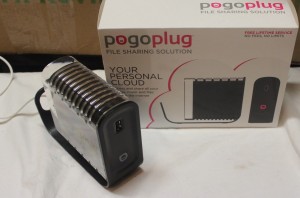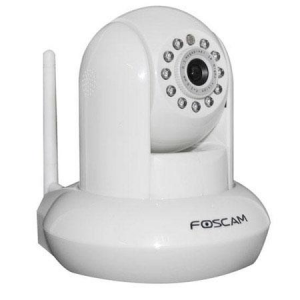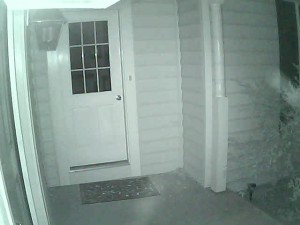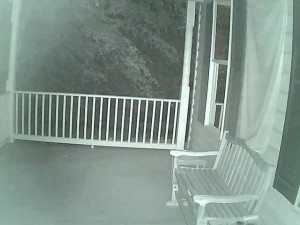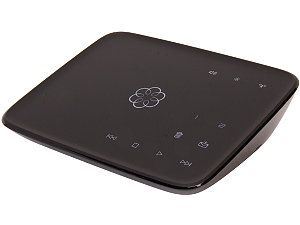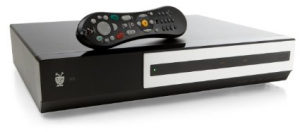I just bought a pogoplug (mobile) for $7.35 shipped:
- 800MHz ARMv5 processor
- 128MB of RAM
- 128MB of NAND flash
- USB 2.0 port
- GbE port
- External 12v power adapter.
- Ethernet cable
- Tiny and sharp looking
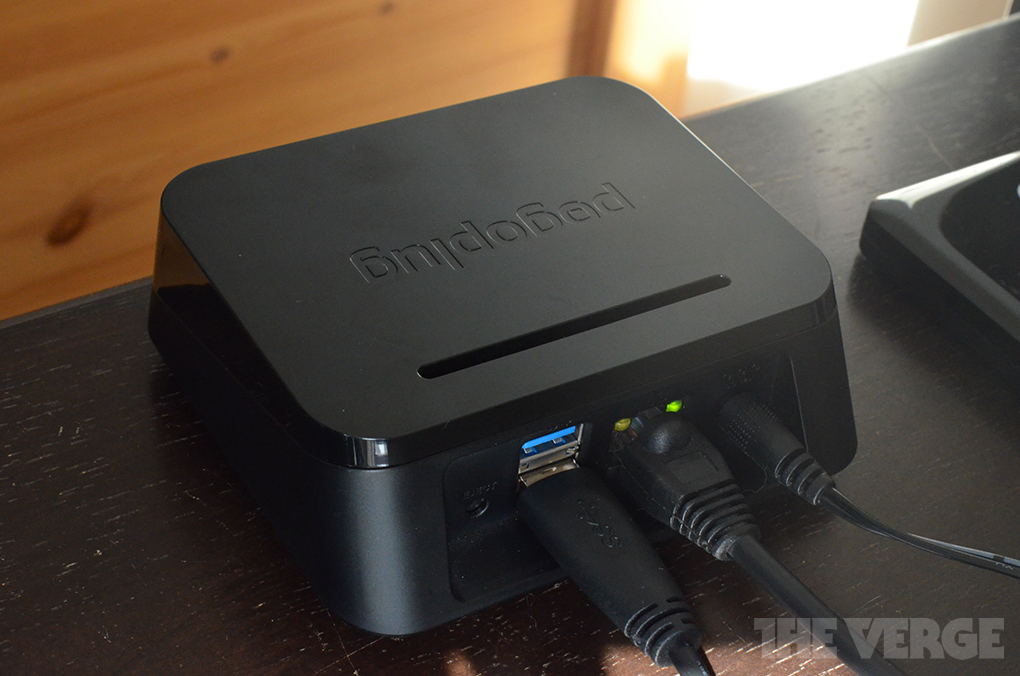
What makes this interesting is that you can easily replace the built in software with ArchLinux for ARM using an external USB flash or hard disk drive. With that, it becomes a full fledged linux server (albeit with less RAM than I’d like) that only consumes around 5W. I installed ArchLinux 3.15 on it using an ancient 4GB USB flash drive I had lying around and I really like the result. With the following installed, it still has 2.2GB free on the flash drive and 80MB RAM free:
- Apache
- PHP5
- Samba
- MariaDB (MySQL)
- Webmin
- gcc, perl, python
- SSH, NTP, Lynx, Vi, etc.
It boots very fast (much faster than my main server); despite having a relatively wimpy processor and drive, it feels snappy and responsive.
It’s hard to argue with the price, particularly since this makes quite a viable server for many things (mail, web, wordpress?, file storage?)
If I setup another, I’ll probably get the E02 Pogoplug which has 256MB RAM, 4x USB ports, and a 1.2GHz processor or maybe the series 4 that has a USB 3.0 port.
UPDATE: July 27, 2014
I liked the first pogoplug so much I bought another; this one is the slightly older E02 version and cost nearly $20 shipped but has better specs:
- 1200MHz ARMv5 processor
- 256MB of RAM
- 128MB of NAND flash
- 4x USB 2.0 port
- GbE port
- Built-in power supply and cable management
- Note quite as tiny but still sharp looking
Like the newer model, installing ArchLinux was a piece of cake requiring only a USB flash drive (I used a Kingston 32GB flash drive that cost $12) and following simple instructions. After updating the install, I added a few packages to make it usable as a generic LAMP server including: apache, base-devel, hdparm, lynx, mariadb, php, samba, sudo, and webmin. With everything configured and running:
- 2.75GB of flash storage was used (leaving 26.5GB free)
- 60.8MB of RAM was used (leaving 190MB free after buffers/caches)
I love a 4W completely silent $32 server.

